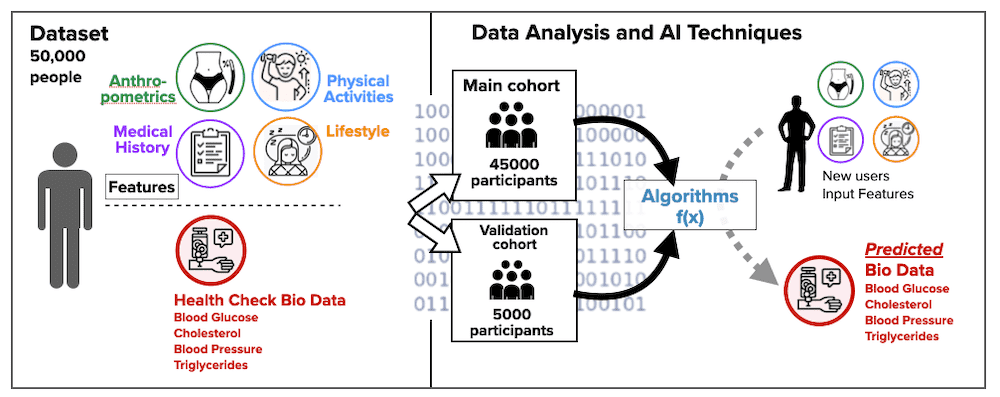1
Makes Sense Of Big Data
Big data refers to large sets of structured and unstructured data that cannot be handled with
traditional methods. Big data analytics can make sense of the data by uncovering trends and patterns.
Machine learning can accelerate this process with the help of decision-making algorithms. It can
categorize the incoming data, recognize patterns and translate the data into insights helpful for business operations.
2
Compatible With All Elements Of Big Data
Machine learning algorithms are useful for collecting, analyzing and integrating data for large organizations.
They can be implemented in all elements of big data operation, including data labeling and segmentation,
data analytics and scenario simulation.
3
Carrying out market segmentation
Enterprises need to carry out market research that can delve deep into the minds of potential customers
to facilitate insightful data. Machine learning's supervised and unsupervised algorithms to interpret
consumer patterns and behaviors accurately. Media and the entertainment industry use machine learning to
understand the likes and dislikes of their audiences and target the right content to them.
4
Exploring customer behavior
Machine learning then helps businesses explore audience behavior and create a solid framework of their
customers. This system of machine learning, known as user modeling, that mines data to capture the mind
of the user and enable business enterprises to make intelligent decisions. Facebook, Google, etc.
rely on user modeling systems to know their users inside out and make relevant suggestions.
5
Personalizing recommendations
Businesses need to offer personalization to their customers. Be it a smartphone or a web series,
companies need to establish a strong connection with their users to deliver what's relevant to them.
Big data machine learning is best put to use in a recommendation engine. It combines context with user
behavior predictions to influence user experience based on their activities online. This way, it can
empower businesses to make correct suggestions that customers find interesting. Netflix uses machine
learning-based recommender systems to suggest the right content to its viewers.
6
Predicting trends
Machine learning algorithms use big data to learn future trends and forecast them to businesses.
With the help of interconnected computers, a machine learning network can constantly learn new things
on its own and improve its analytical skills every day. In this way, it not just calculates data but
behaves like an intelligent system that uses past experiences to shape the future. An air conditioner
brand can depend on machine learning to predict the demand for air conditioners in the next season and
plan its production accordingly.
7
Aiding decision-making
Machine learning uses a technique called time series analysis that is capable of analyzing an array
of data together. It is a great tool for aggregating and analyzing data and makes it easier for managers
to make decisions for the future. Businesses, especially retailers, can use this ML-boosted method to
predict the future with commendable accuracy.
8
Decoding patterns
Machine learning can be highly efficient to decipher data in industries where understanding consumer patterns
can lead to major breakthroughs. For example, sectors like healthcare and pharmaceuticals have to deal with
a lot of data. Machine learning can help them analyze the data to identify diseases in the initial stage
among patients. Machine learning can also allow hospitals to manage patient services better by analyzing
past health reports, pathological reports and disease histories. All of these can lead to better diagnoses
at healthcare centers and boost medical research in the long run.


